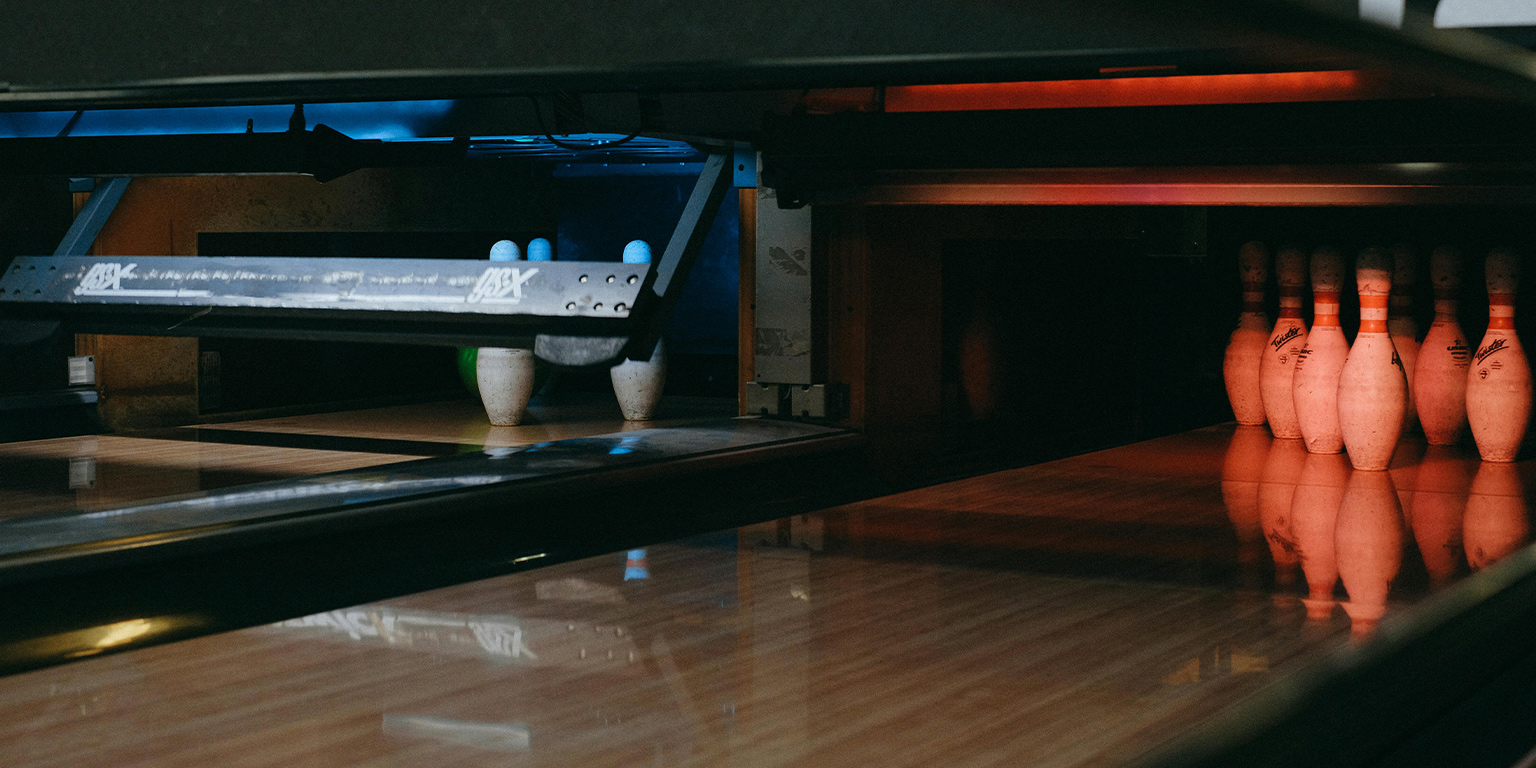
When people think about exercise, bowling usually isn’t the first thing that comes to mind. It’s fun, social, and typically paired with snacks—not sweat. But here’s the twist: bowling is exercise. And not just in a “better than sitting” kind of way. It’s a legitimate low-impact activity that provides real physical, mental, and social benefits for people of all ages.
So, if you’re asking yourself, “is bowling good exercise?”—the answer is a resounding yes. Let’s break down why.
Bowling as Physical Exercise
Bowling might not look intense compared to running or lifting weights, but it engages your body in surprisingly effective ways. It’s a full-body activity that combines movement, strength, and coordination—especially when played over the course of a full game or two.
Muscles Used: Arms, Legs, Core
Every bowling motion activates several major muscle groups. Carrying and swinging the ball targets your:
- Biceps and shoulders
Repeatedly picking up and swinging a bowling ball engages the biceps through a curling motion and activates the shoulder muscles—particularly the deltoids—as you bring the ball back and release it forward. Over time, this movement builds endurance and strength in the upper body, especially on your dominant side. - Forearm and wrist muscles
Controlling a bowling ball’s release—especially when adding spin or using a hook shot—relies on strong forearm and wrist engagement. These muscles help stabilize the ball and guide its trajectory, improving grip strength and fine motor control with repeated use. - Quadriceps and calves
The forward motion of walking up to the lane and the controlled slide during the release work the leg muscles. The quadriceps engage as you push off and maintain balance, while the calves stabilize and support your movement, especially during the final lunge-like step before you release the ball. - Core muscles
A steady bowling stance requires solid core engagement. Your abdominal and lower back muscles work together to maintain posture, balance your weight during the swing, and keep your torso aligned through the entire approach. A stronger core leads to more accurate and consistent throws.
Even walking back and forth between turns adds to your movement total over the course of a game.
Calorie Burn and Movement
An hour-long session of bowling can burn 150–300 calories, depending on your weight, intensity, and how active you stay between turns. While it won’t replace high-intensity cardio, bowling gets your body moving, especially when you:
- Avoid sitting between frames
- Play multiple games in a row
- Incorporate warm-ups or light stretching beforehand
It’s a subtle form of movement that adds up—and it’s especially effective for people looking for low-impact alternatives to traditional workouts.
Mental Health & Stress Relief
Physical activity is just one piece of the puzzle. Bowling also serves up mental wellness benefits. Focusing on aim, timing, and hand-eye coordination requires concentration, which can help calm a busy mind. The structured, repetitive motion of bowling can have a meditative quality, reducing stress while boosting mood.
Plus, when you’re playing with friends or family, the laughter, high-fives, and shared experience provide an emotional lift that’s hard to quantify—but easy to feel.
Social + Coordination Benefits
Bowling is also a social sport, which is a key factor in long-term mental and physical well-being. Whether you’re bowling in a league, on a family outing, or casually with friends, you’re building social bonds while moving your body.
Additionally, bowling sharpens:
- Hand-eye coordination
- Timing and precision
- Strategic thinking and spatial awareness
These skills are particularly beneficial for children and older adults, who both benefit from coordination-focused activities that are easy on the joints.
Bowling vs. Other Low-Impact Sports
If you’re comparing bowling to other low-impact activities like walking, mini golf, or casual swimming, it holds its own. It:
- Involves more complex movement patterns than walking
- Builds more upper body strength than golf
- Requires fine motor control and mental focus
- Can be done indoors, year-round, regardless of weather
In other words, bowling hits a sweet spot: it’s physically engaging without being exhausting—and it’s enjoyable without feeling like “exercise.”
Great for All Ages & Fitness Levels
One of the best aspects of bowling is its accessibility. You don’t need to be an athlete to participate. It’s adaptable for:
- Young kids learning coordination and patience
- Teens looking for screen-free activities
- Adults who want to stay active socially
- Older adults maintaining mobility and balance
Whether you’re easing back into physical activity or simply looking for something active that doesn’t feel like a chore, bowling is a smart choice.
Final Thoughts: Exercise That Doesn’t Feel Like Exercise
So—is bowling good exercise? Absolutely. It might not leave you drenched in sweat or out of breath, but that’s part of its appeal. It’s a lifestyle-friendly, low-impact form of movement that supports physical, mental, and social wellness. And because it’s actually fun, you’re far more likely to do it regularly—making it one of the most underrated ways to stay active.
Book a lane and enjoy a fun, low-impact way to stay active—whether you’re playing for laughs or working on your form.





